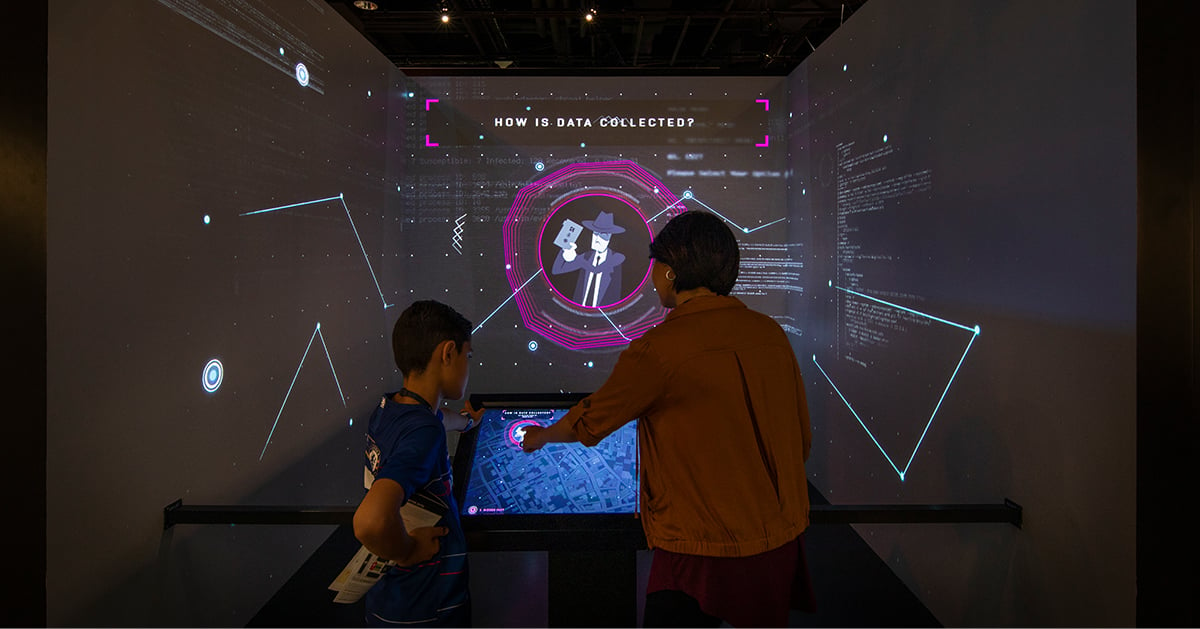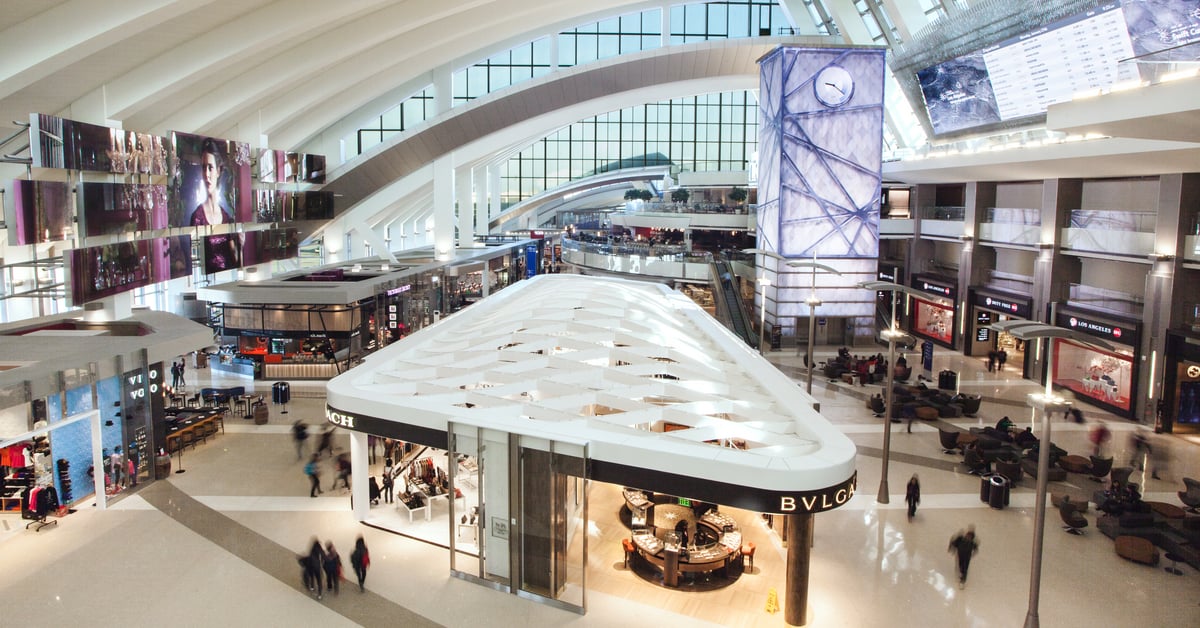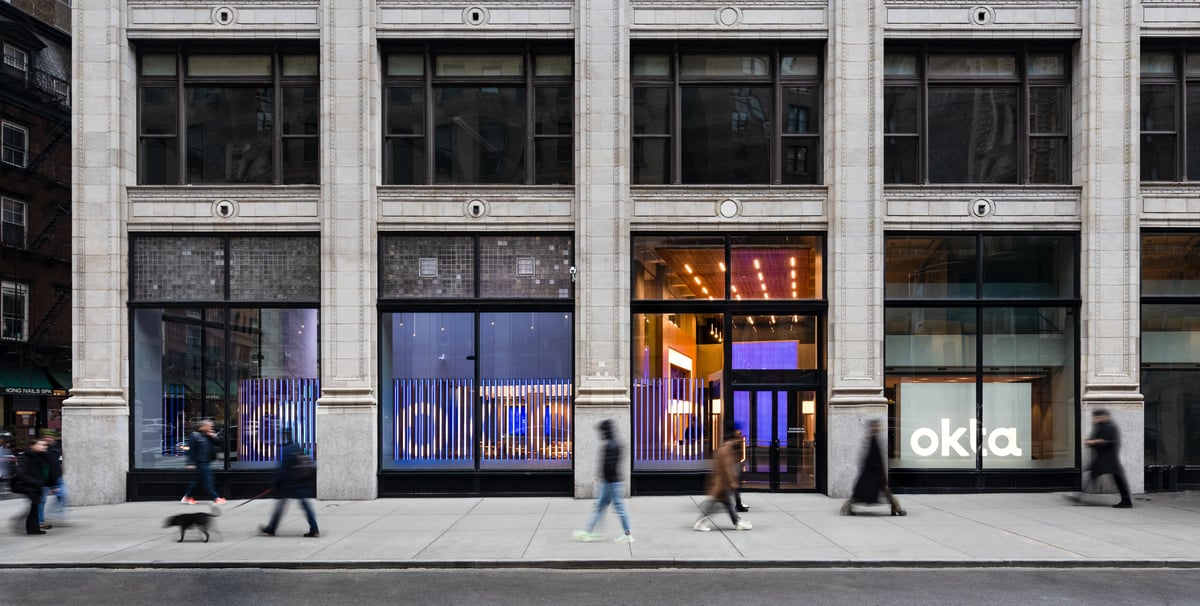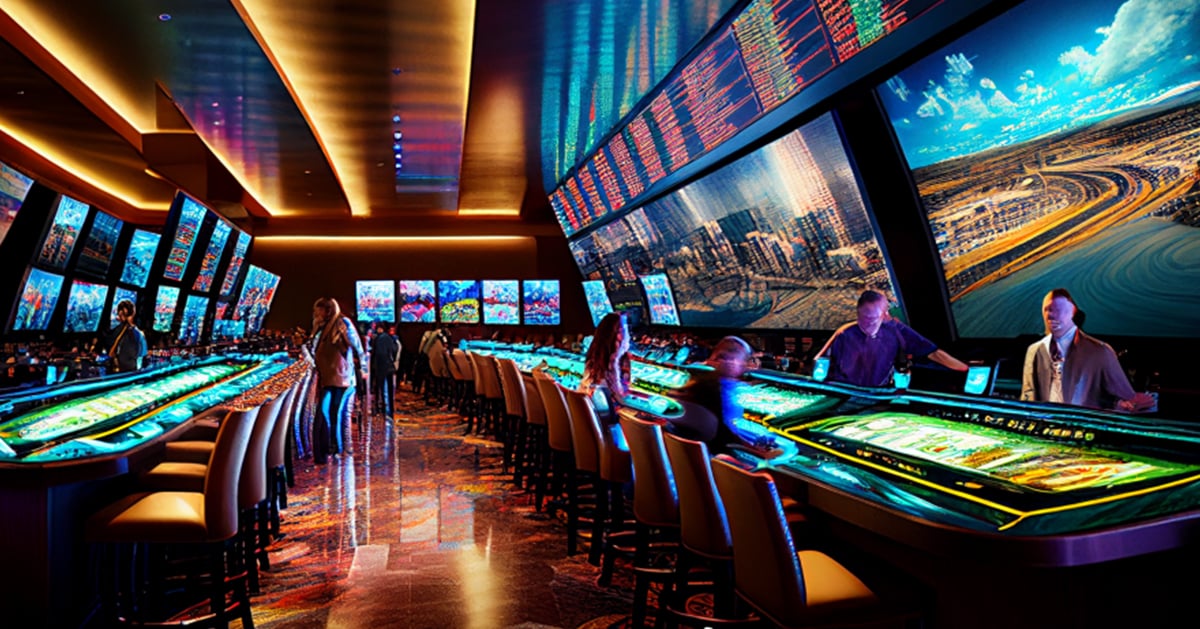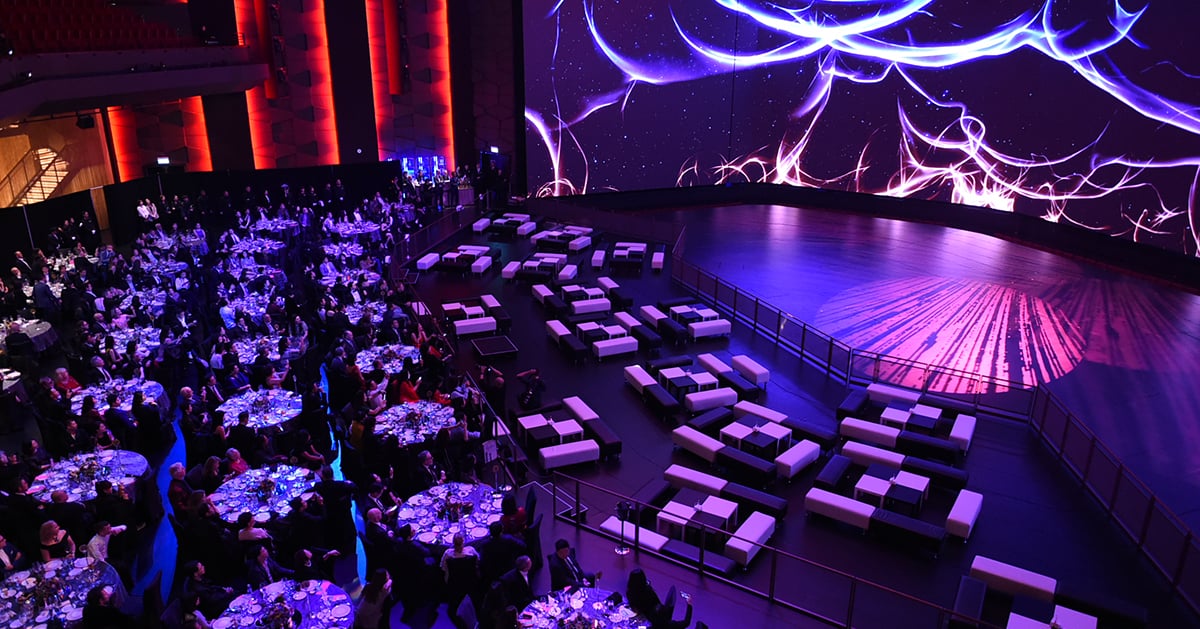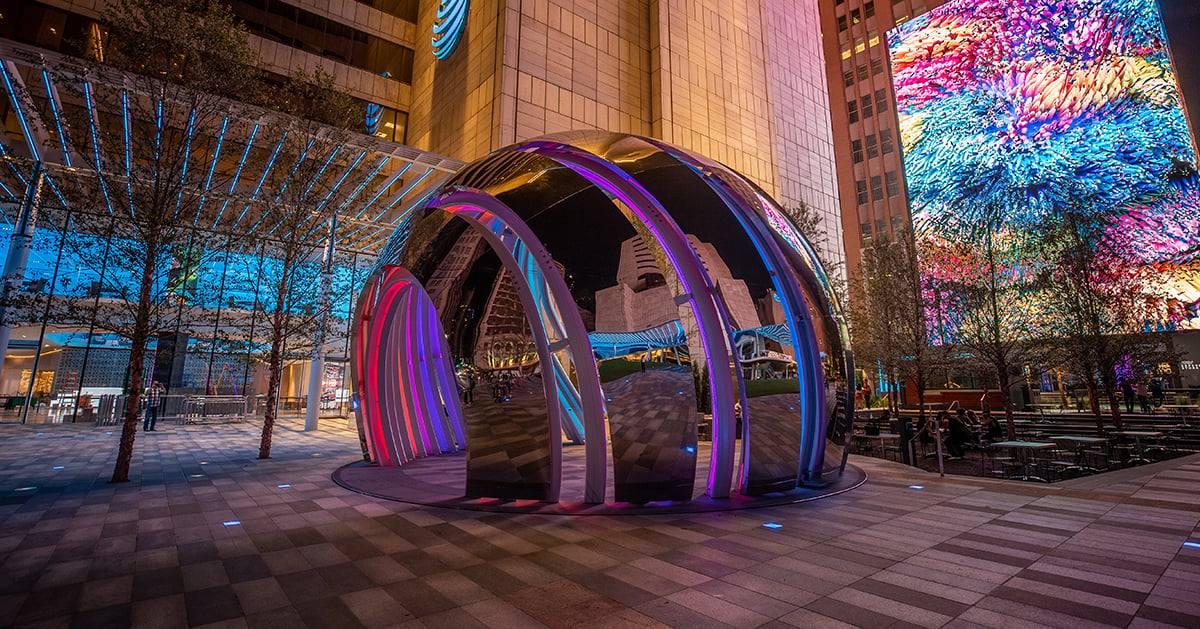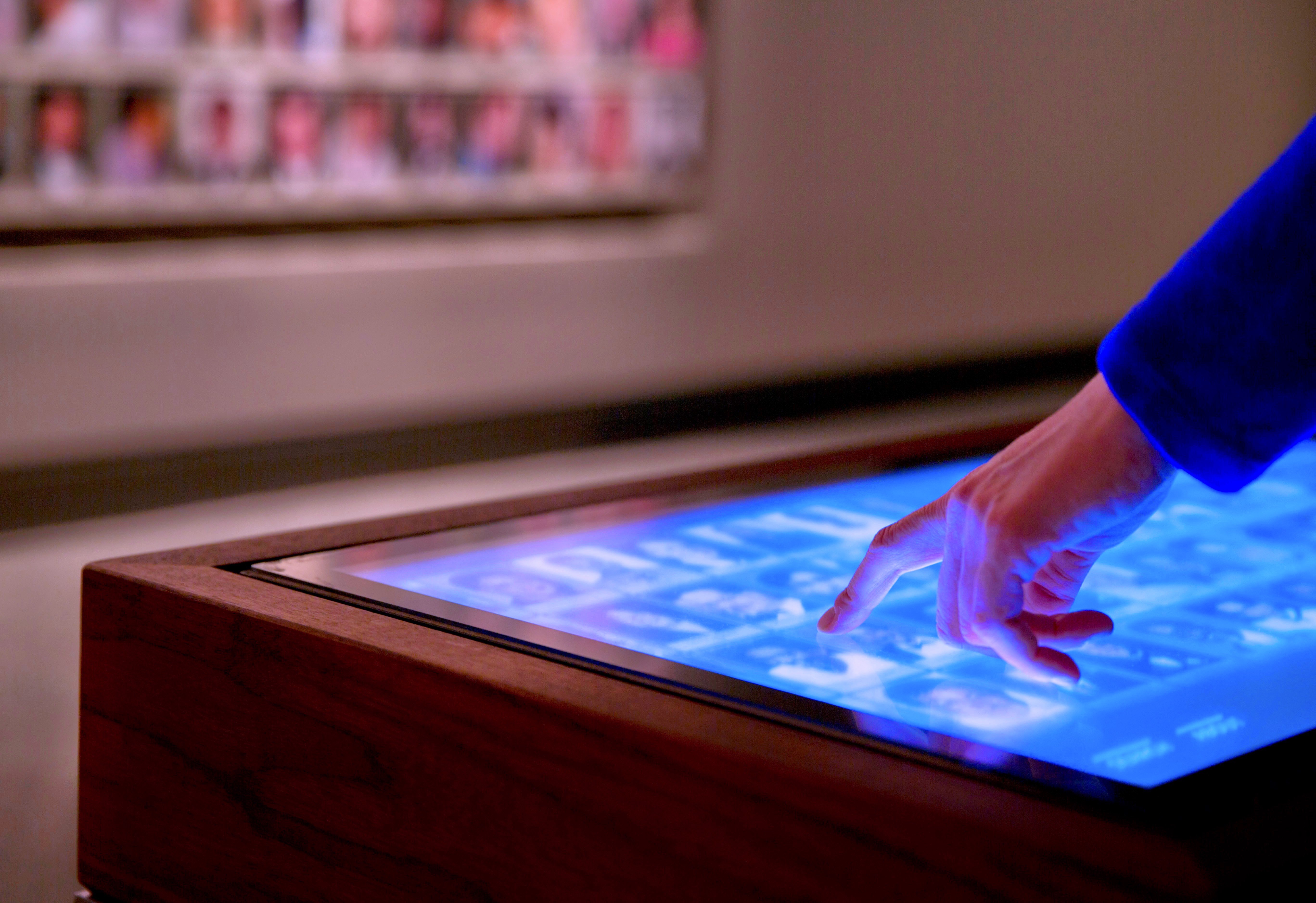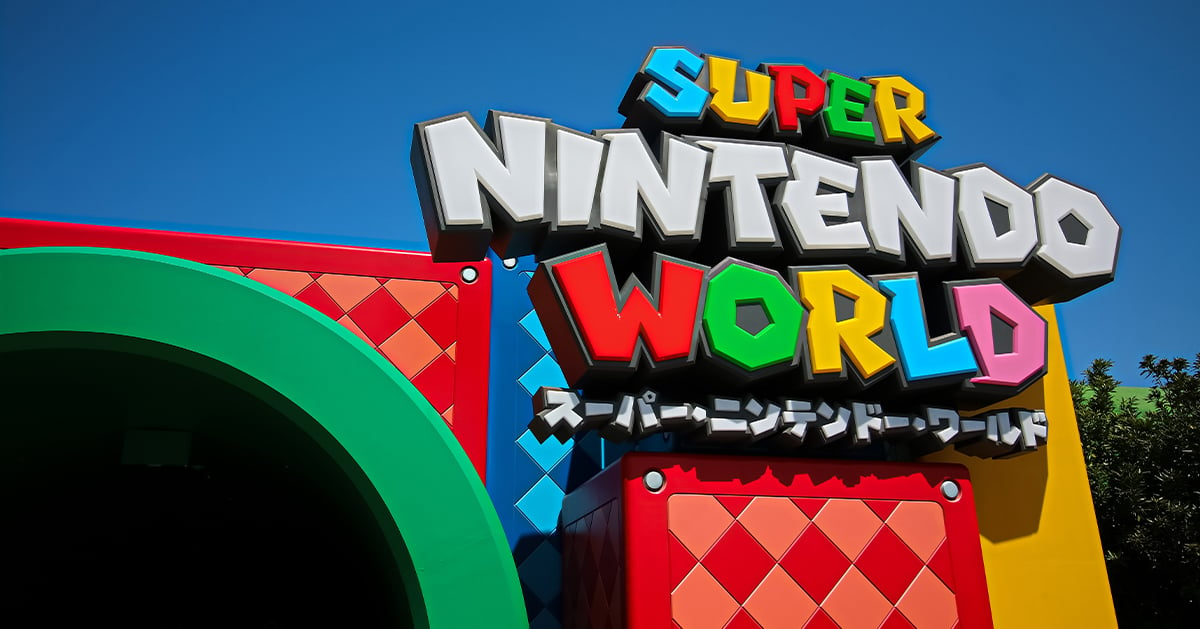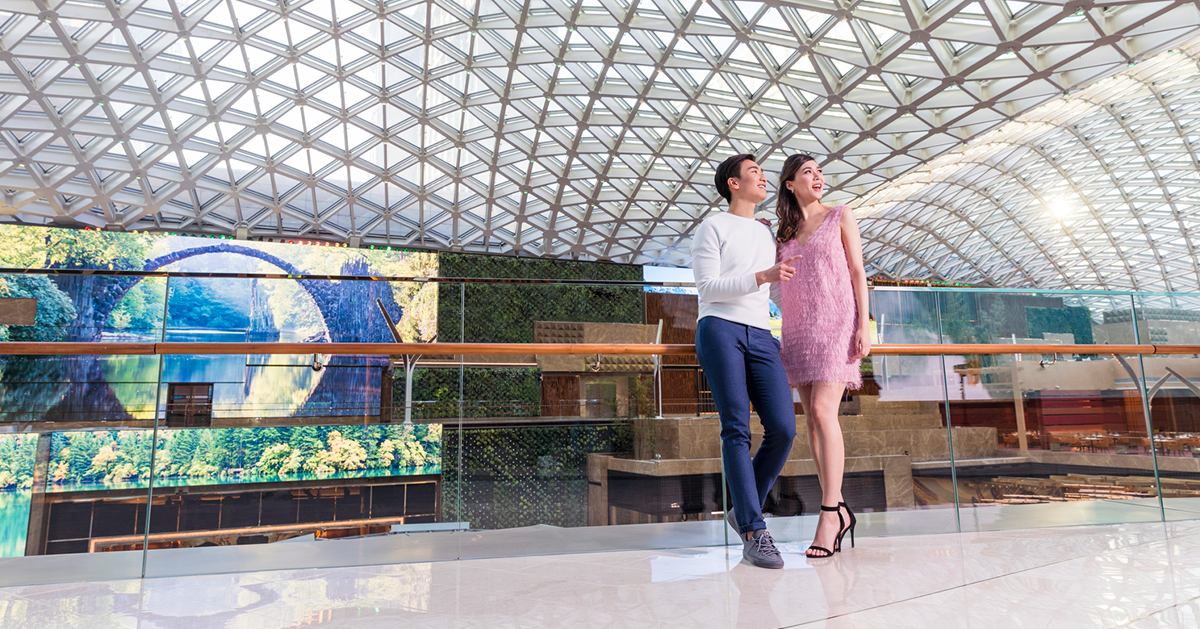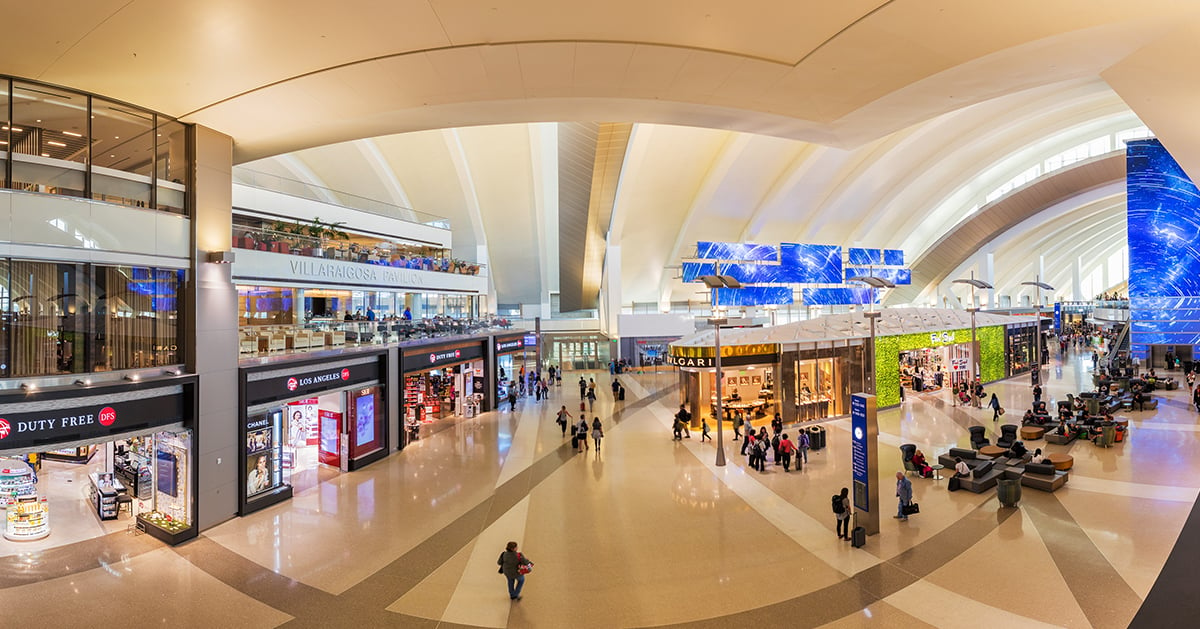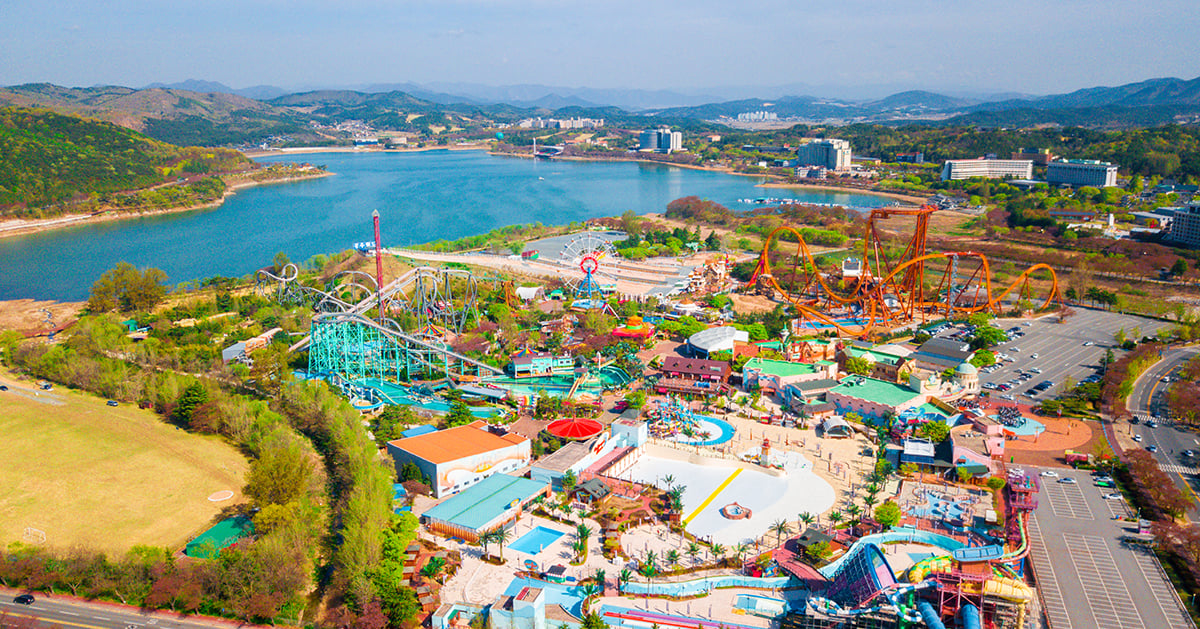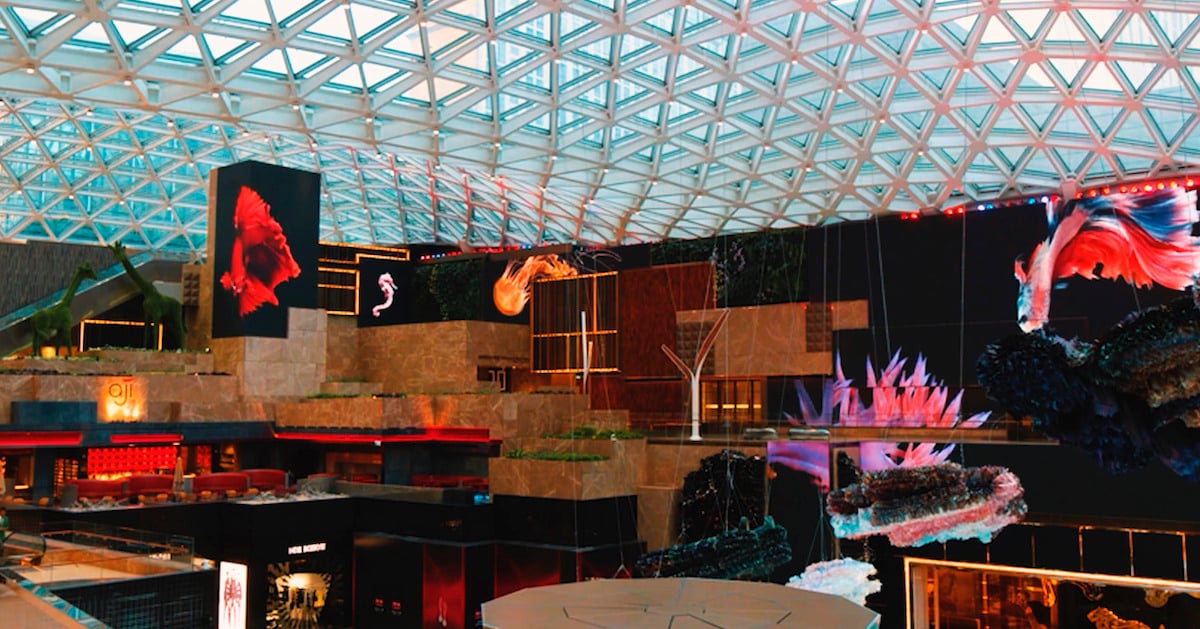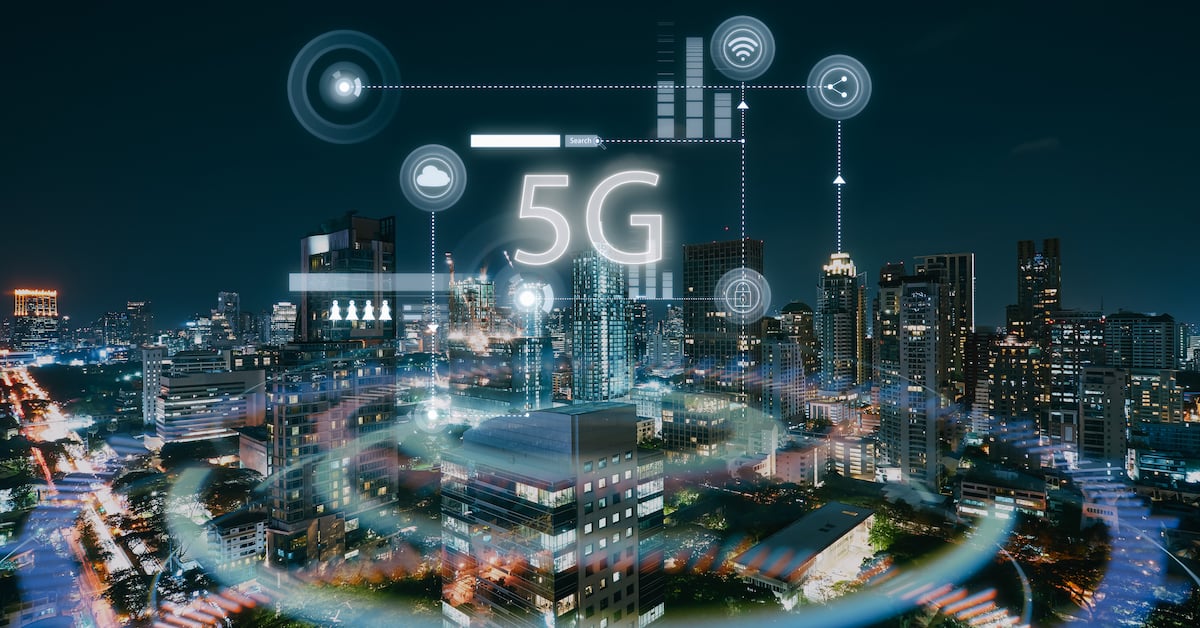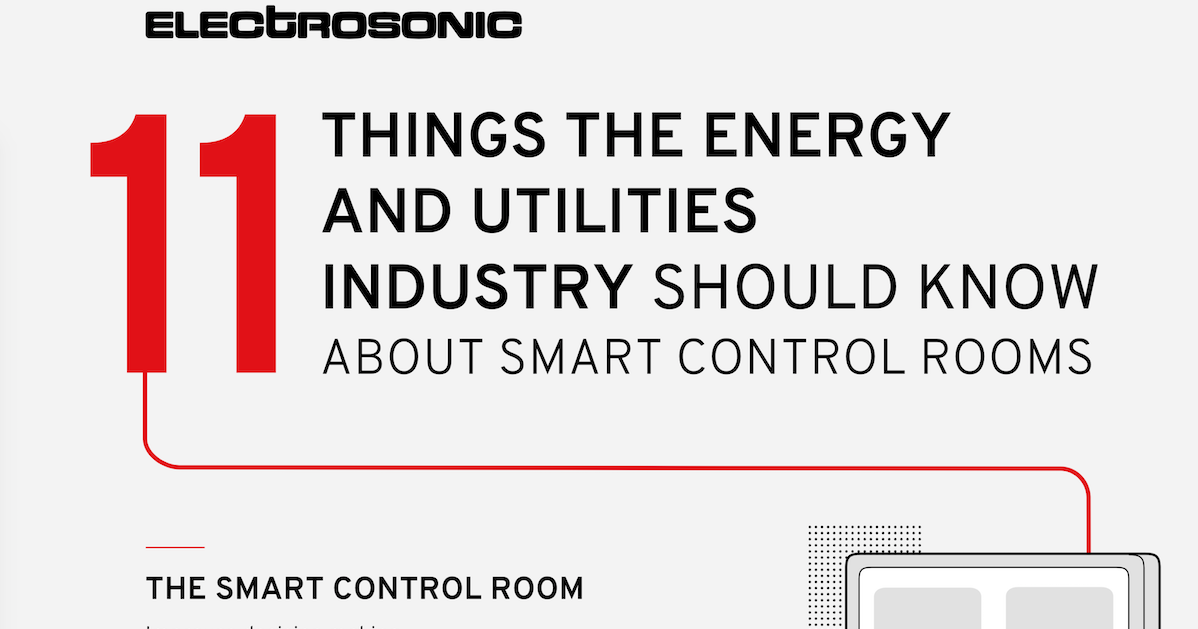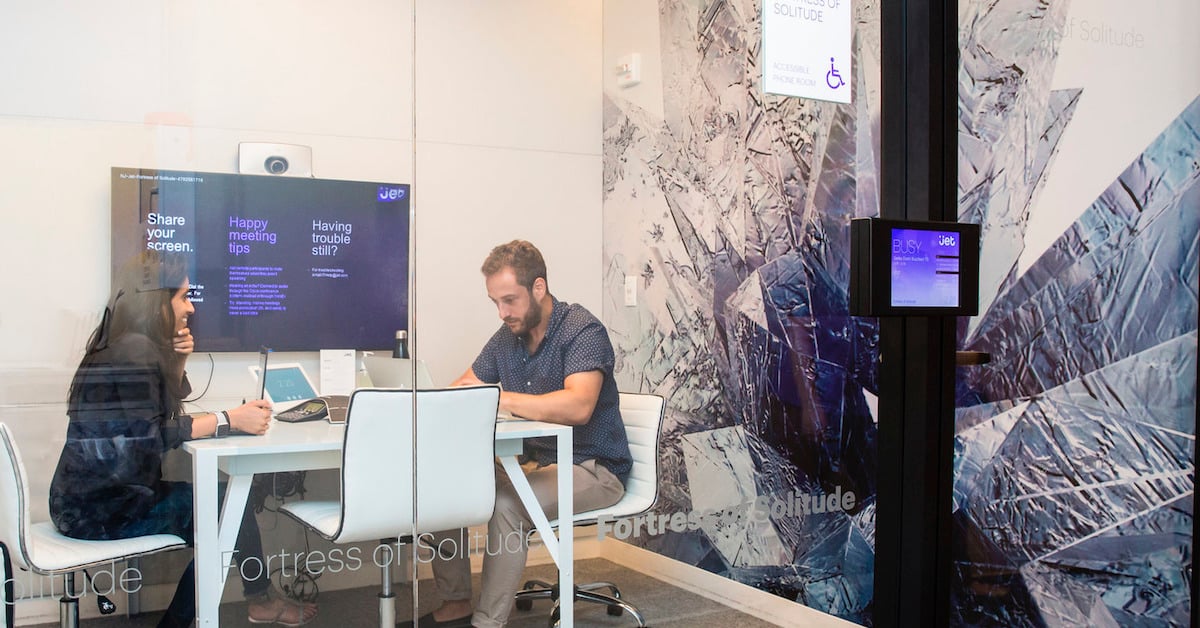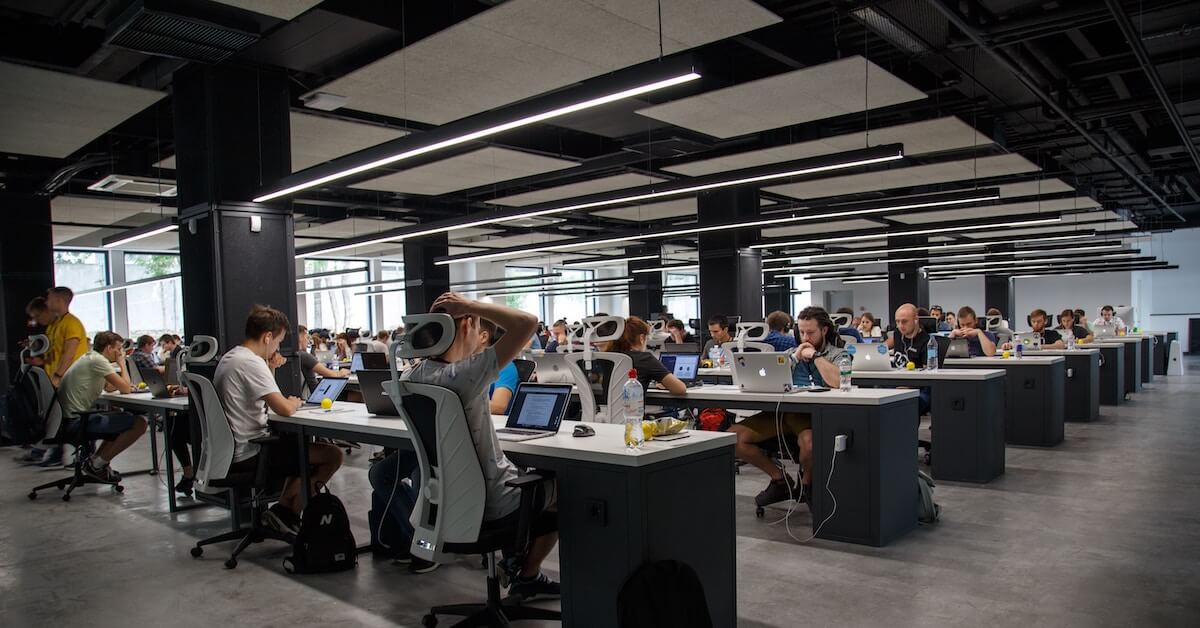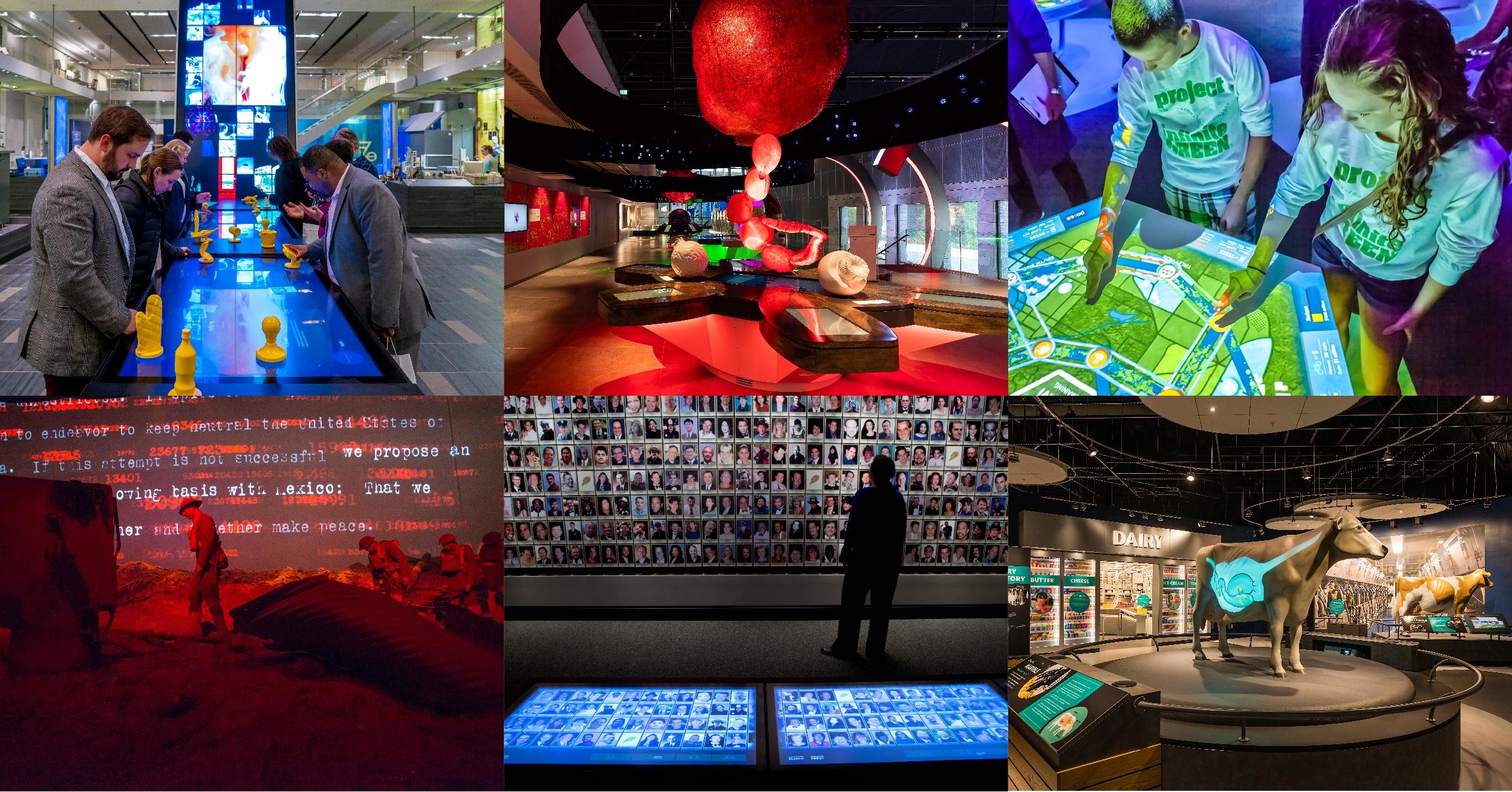
A guide to seamless Experiential Technology integration
Experiential technology is an essential medium for delivering a client's vision in attractions and museum spaces. Collaboration between experience, creative content, exhibit and technical system designers is crucial to bringing the vision to reality.
Jeremy Lee, Design Consultant and Joel Zink, Technical Manager at Electrosonic, explain the importance of early collaboration for successful projects.
Why early-stage collaboration ensures the success of experiential technology applications
Experience designers, creative content and interactive designers, exhibit designers and technical system designers are pivotal in creating attractions and museum experiences. Together, they craft the storytelling, narrative and informational elements that engage and educate visitors and guests.
Experiential technology is a critical element in this process. An experiential technology system uses technology and information to provide guests with a fully immersive experience. Typically, a system will include software, hardware, data, digital content management and control systems. The solution can immerse guests in a place, service, product or brand.
Working together from the beginning is essential for creating a unified, engaging and emotionally compelling guest experience. Creative storytelling ideas can lead to creative technology choices, but technical system designers can also elevate the storytelling at its core.
As Jeremy Lee explains, "Collaboration should take place at the earliest stage - a prerequisite, not an afterthought." By including all specialists from the beginning, team members have a shared goal and understand each other's needs. That way, everybody knows their role and who is responsible for different aspects of the project.
For example, technical systems designers need to know what sounds are coming from the speaker and how interaction should work. They also need to know what sort of equipment the exhibit, content or interactive designer envisions. Bringing the full creative team into the process early helps identify their preferred platform, devices and methods. With that knowledge, specifying a technical solution and supporting the design intent is easier.
When a technology designer chooses a technology, it involves many steps. These choices lead to infrastructure, power, rack space, interconnection and functionality requirements. Requirements may change if exhibit, content or interactive designers request different models and methods than they originally specified.
But if collaboration happens later, problems can occur that could have been prevented with earlier cooperation. For example, individual specialists may have made critical decisions without consulting or collaborating with other project stakeholders. This can lead to expensive reworking and damaging project delays.
Jeremy Lee commented, "One of the reasons that design in the theatre can be amazingly successful, even at lower budget tiers, is that everyone is in the room together from the beginning with one vision for the project led by the director. The director surrounds themselves with design experts in different fields. Nobody can be the expert at everything, but a great and collaborative team makes everyone's work better."
Benefits of early-stage collaboration for experiential technology projects
The project team should include everyone from start to finish, as stated by Electrosonic's Jeremy Lee. "There is no ideal team - makeup depends on the project. A team could include brand and IP specialists, fabricators, audio specialists and sound engineers. That's in addition to the core group of storytellers, exhibit, content or interactive designers, experience designers and technical systems designers."
If a team needs more content or interactive designers or other specialists, Electrosonic can recommend team members with experience in various sectors. With a complete team in place, it's easier to develop a comprehensive needs analysis from the outset. This ensures the creative vision aligns with technical capabilities, resulting in a more impactful and memorable overall design.
A comprehensive team can focus on holistic storytelling. By collaborating early, content designers can align their narrative and messaging with the capabilities of technology systems. This ensures the overall story is cohesive and effectively delivered through visual, auditory, interactive and immersive elements.
With a complete team of specialists on board, designing a technology system to tell the story is easier, more efficient and less expensive in the long run. It might mean bringing in a collaborator on a retainer earlier in the process, but that will streamline the entire process as the project nears the finish line.
Technology design should meet the exhibit or content designer's requirements for communicating with the audience. That way, technology is integral to the storytelling and not over or underspecified because the technology system designers understand the entire creative impulse.
Technology system designers bring technical expertise to the table, according to Jeremy Lee "Early engagement allows content designers to understand the technical constraints and possibilities of the technology elements. This leads to a more efficient integration of content with the chosen technology. It also helps avoid later challenges in aligning creative ideas with technical realities."
Jeremy Lee described a recent example at the Museum of Utah. "Working with exhibit, content and interactive designers, they asked for directional speakers in an exhibit to keep the audio from spilling into neighboring areas. These speakers don't provide top-quality audio but can effectively contain voiceover and simple sound effects to an area. The content designers confirmed that the audio would be mostly voice with a few bird sounds and other ambient noise, but no music or highly dynamic sounds. So, this was the right technical choice for the content, rather than just a convenient choice."
Early collaboration helps create a seamless user journey. The whole team gains a better understanding of the user journey. Exhibit, content, interactive, and technical system designers can collaborate to plan how users engage with visual, auditory, and interactive elements.
Bringing show-based lighting designers into the team early ensures that lighting and audiovisual elements are synchronized, guaranteeing a seamless and engaging flow throughout the guest experience.
It also ensures a consistent brand experience. From the outset, collaboration ensures that content and technology elements align with the brand's identity and values. Consistency is essential for creating a memorable brand experience for guests, whether in person or online.
Early collaboration saves time and money. Getting the whole team together early helps with better planning and resource allocation. Early-stage collaboration helps identify potential challenges and opportunities, reducing the need for adjustments later in the process for seamless integration. It also saves time and costs associated with rework.
How technical system designers can help
Technical system designers understand how to use technology applications to bring exhibits and content to life in an impactful way. They have specialist knowledge of applying innovative technology solutions across multiple sectors. This includes museums, visitor centers, hospitality, transportation, sports, arenas, theme parks, attractions, retail, corporate experience centers and more.
They can communicate technology requirements to all stakeholders, including clients, experience designers, content and interactive designers, exhibit designers, architects, contractors and technology manufacturers. Technical system designers also bring creativity to the process. Their role is more comprehensive than just placing speakers and projectors in a space. They grasp the design idea and envision the best way to provide a remarkable guest experience using innovative technology.
Technical system designers understand the capabilities and limitations of both existing and emerging technologies to elevate the guest experience, as Joel Zink, Electrosonic's Technical Manager, explains. "We can advise on the contribution of advanced technologies such as Lidar sensing, haptics, spatial audio, projection mapping, AI-driven interaction, 4K projection and more. We also recognize that technology can change throughout a project's lifecycle. We work closely with manufacturers, so we know their roadmaps and release dates. We know when change is coming and build that into our designs."
"Our advice benefits both exhibit, content or interactive designers and manufacturers. We work with technology manufacturers to specify content or interactive designers' requirements and keep them updated with developments in content strategies."
Technical system designers offer expert advice and guidance for the entire project, from planning to building and supporting the technology, which offers essential benefits in a design and build project. Technical system designers can share knowledge with engineering and integration teams to access the original intent and design process fully, ensuring seamless integration from end to end.
Joel Zink explains, "Technical system designers can make contractors and integrators aware of issues already discussed and explain why technical decisions were made. This can overcome potential problems if integrators want to swap equipment that won't deliver the intended result."
"Sometimes engineers tell clients they should do it this way instead. However, it's likely that alternate approaches were proposed during the design phase but rejected for one reason or another. If the engineers can ask the technical system designers directly about the genesis of ideas, they can avoid wasting time by asking a question already answered."
Technical system designers provide valuable insight and guidance in projects' initial and later stages. This is a simple outline of the technology design process.
- Conceptual design – Technical system designers work with technology experts to turn broad concepts into technically feasible designs.
- Schematic design – Technical system designers create initial technical designs.
- Design development – Technical system designers guide the technology selection process by providing exhibit, content or interactive designers with viable options and best practice guidance based on extensive experience. They also provide exhibit, content or interactive designers with information about expected experiences and performance.
- Construction documentation – Technical system designers provide documentation to all project stakeholders to ensure that all team members work with the same technical information.
- Bid management – If the project goes out to bid, technical system designers manage the bid process to ensure contractors' proposals align with technical and creative requirements.
- Contract administration – Technical system designers monitor construction to ensure the results deliver the design vision and intent.
Throughout the technology design process, technical system designers take account of all real-world factors influencing the guest experience, including:
- Architectural integration
- Natural light
- Sunlight
- Artificial light
- Viewing angles and sightlines
- Luminance
- Resolution
- Acoustics
- Accessibility requirements
- Power and cooling needs
- Emotional impact of design choices
This ensures the final experience is impactful, reliable and accessible.
Serving complex technology application challenges
Technical system designers from Electrosonic's Design Consulting Division bring hands-on experience applying content to technology applications through early-stage collaboration on large-scale, complex experiential projects.
The following real-world examples incorporate innovative technology solutions to deliver the design vision.
View Boston is a 59,000-square-foot observation deck experience. Electrosonic's technical system designers collaborated with exhibit and content designers to solve complex projection-mapping challenges on 'Boston 365'– a 50-foot-wide 3-dimensional scale model of the city. Immersive storytelling and digital content management bring the model to life. Twelve looped animations and projection mapping from 31 projectors synchronized with audio from 10 speakers celebrate Boston's highlights. Electrosonic's technical system designers also collaborated with the exhibit and interactive designers to ensure that accessibility was integral to all exhibits.
Electrosonic's audio, visual and ICT (information and communications technology) design for the AT&T Discovery District in downtown Dallas represents a first-of-its-kind transformation of a city district into an immersive mixed-use destination. The ICT design forms the backbone for stunning technologies like the 104-foot 6K outdoor LED wall and The Globe, an immersive, interactive 30-foot sculpture.
Those technologies interconnect with LED columns, video walls in the AT&T Headquarters Lobby, and audio, lighting, and digital signage in the food and beverage areas. A broadcast-style infrastructure and perimeter 3D audio and lighting effects throughout The District create functionality and atmosphere - all interconnected into a seamless, holistic guest experience.
The new Terminal C at Orlando International Airport has reimagined the passenger experience. The 'Moment Vault', an interactive 360-degree immersive experience, uses an AI-based motion capture system to generate a 3-dimensional pose estimate for each passenger. The system uses the data to integrate virtual avatars with dynamic digital content in real-time.
The newest exhibition at the Carnegie Science Center is 'Mars: The Next Giant Leap'. Experiential technology takes visitors on a 300-million-mile' space journey' to discover how sustaining life on another planet can also improve life on Earth.
The finale of the exhibition is 'Dream Big: Space'. A large-scale, interactive physical model recreates what a colony on Mars could look like and how it could evolve. Using one of four touchscreens, guests can explore the model and vote on issues that could influence the colony's development.
Projection on the model from three projectors highlights different colony areas affected by visitors' votes. Four integrated LED screens display details of the colony and change content in response to visitors' votes.
The following examples describe some more detailed design processes that help bring the vision to life.

At the Buffalo AKG Art Museum, Creative Commons is an active space for children designed to help them create, share and connect through fun and playful experiences with art. The innovative blend of art and technology links children’s creativity to the collection through artwork-centered play.
Children create a model from Lego and use a kiosk to take a photo. The photo then takes its place on a wall made of LCD displays as a piece of art, and then into the library of Lego art.
Electrosonic collaborated with the exhibit designers by sharing the results of detailed lens/focal length tests for the photo kiosk. That enabled the exhibit team to make the most appropriate technical choices.
The exhibition designers at the National Music Museum created galleries combining stunning artifacts, tactile and digital interactivity and multimedia experiences. The acoustics of the gallery were a crucial element in the design process because certain surfaces create echoes that make interaction with audio difficult.
Audio can also be difficult to hear if large crowds are present, particularly when numbers, timing or frequency of visitors changes. Electrosonic recommended combining acoustic treatment and intelligent audio solutions to overcome the challenges.
Why Electrosonic for innovative technology solutions
Electrosonic is an experiential technology company redefining how technology can create outstanding guest and customer experiences.
We have 60 years of experience designing and engineering innovative technology solutions that provide end-to-end solutions for market-leading clients across broad market sectors.
Electrosonic brings leading expertise, skills and experience to the technology design process and is committed to innovation that pushes the boundaries of guest experience.
We have experience designing solutions featuring advanced technologies, including Lidar sensing, haptics, spatial audio, projection mapping, AI-driven interaction, 4K projection and more.
We also have strong collaborative relationships with critical stakeholders in experiential technology projects and global relationships with technology companies to stay ahead of the technology curve.
Jeremy Lee
Jeremy has been involved in professional audio since 1994. He has designed sound in theatres from Broadway to Bogota and from Syracuse to Singapore. After spending a decade in New York City as a designer and Broadway associate, he spent 5 years running the Sound Design program at the University of Cincinnati. Since relocating to Los Angeles, he has designed an episodic podcast for Shudder/AMC, acted as an Audiovisual Supervisor at Universal Studios Hollywood, and been a Pro Audio Systems Sales Manager. Jeremy is always learning new technology, but balancing that thirst for the new with trust in the old.










.jpg?width=1500&height=995&name=ELC501_N17_medium%20(1).jpg)

![[A definative guide to interactive displays]](https://no-cache.hubspot.com/cta/default/5104351/114c6147-660c-4a41-92c9-311c45770591.png)


.jpg?width=1200&length=1200&name=VUE_N35_cropped_1200x628%20(1).jpg)



![[Take the Technology Readiness Assessment]](https://no-cache.hubspot.com/cta/default/5104351/a564e7d9-6ab7-4bec-8c0c-7a9b8738ba59.png)
.jpg?width=1200&length=1200&name=MCO1_N25_cropped_1200x628%20(1).jpg)


.jpg?width=1200&length=1200&name=MCO1_N22_cropped_1200x628%20(3).jpg)
.jpg?width=1200&length=1200&name=MCO1_N19_cropped_1200x628%20(1).jpg)





